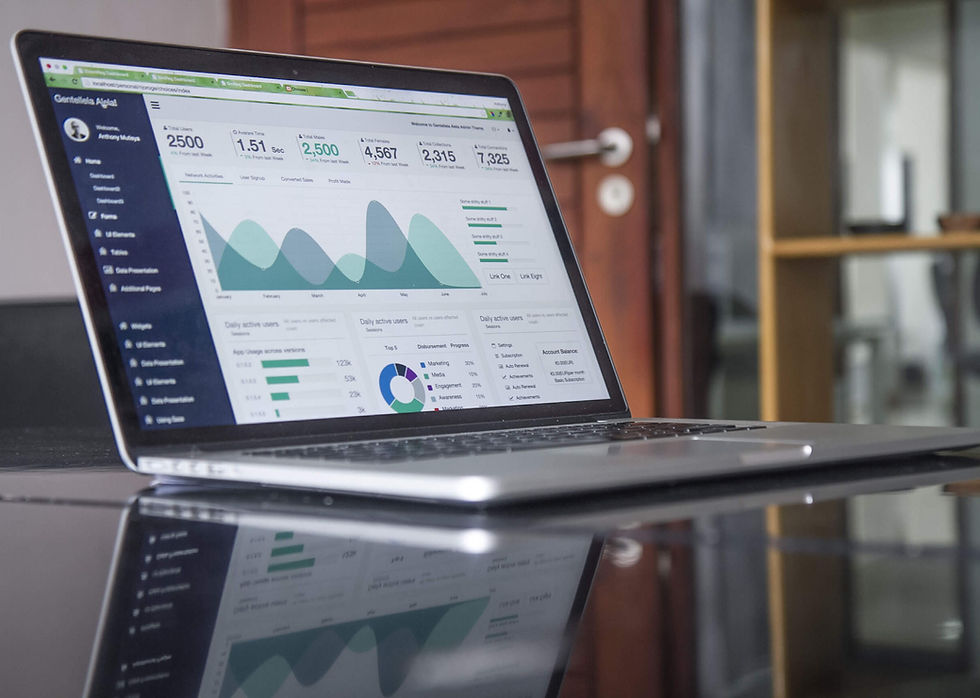Why Pop-Up Stores are Gaining Popularity in the Retail Landscape
- Dayta AI
- Oct 5, 2020
- 3 min read
Nowadays, retail is not just about the high street and shopping malls. Leading retailers are coming up with new ways to sell their products, and it seems like pop-up stores are appearing everywhere.
Pop-up stores had gained popularity during the financial crisis in 2008 first as a way to temporarily fill up the vacant storefronts. Now, retailers are using pop-up stores as a permanent revenue driver rather than a one-time marketing tool. Pop-up stores are transforming the retail industry in three ways: they allow retailers to explore new ideas, create new ways to connect with customers, and gain insight about customers.
Explore new ideas, products, and locations
Pop-up stores allow retailers to experiment with new products without incurring huge upfront cost for setting up a permanent site. Pop-up stores can be platforms where retailers launch new products or ideas and gauge the market feedback. At pop-up stores, retailers can observe whether the new product is something their customers are expecting and consider how to develop the product in the long run.

Nordstrom, an American luxury department store chain, did a collaboration with Korean eyewear brand Gentle Monster to set up pop-up stores for the brand at several Nordstrom locations in 2017. The pop-up stores featured virtual reality activation and six new styles of sunglasses exclusively launched. Through this collaboration, Nordstrom aimed to extend its product offering with some non-mainstream brands that are frequently excluded by retailers. For Nordstrom, the pop-up store was a good way to test out the fast-changing customer interests. The collaboration between Nordstrom and Gentle Monster has eventually led to a long term business partnership, where Nordstrom became one of the biggest resellers for Gentle Monster in the United States.
Create new ways to connect with customers
In such retail industry that is already saturated with commercial advertisements, pop-up stores can help draw the attention of customers who are open to new ideas and experiences. Pop-up stores therefore revolve hugely around creativity. Not only can it serve as a communication medium to increase brand awareness in a non commercial area, but also be a part of a larger advertising campaign in a trading area. They can also create a physical presence for online brands to gain credibility among customers.

Bridging its existing and new customers is the main reason why New Balance, a sportswear brand, opened a pop-up pub to sponsor the London Marathon. At this pop-up store, participants of the marathon could use miles that they ran to purchase drinks and food. The store was designed like a traditional English pub with dartboards and jukeboxes, which created buzz among marathon participants. This was successful in bringing runners close to the brand, which provided New Balance a valuable opportunity to forge deeper relationships with their customers.
Gain insight about customers
Beyond exploring new products and locations, retailers are using technology in pop-up stores to gain insight into customer behaviors. Implementing technology in pop-up stores have helped retailers go far beyond the traditional approach and discovered interesting patterns about their customers. For example, video analytics and heat-mapping technology can help retailers measure the traffic at the pop-up store area and analyze how customers are interacting and engaging within the store. All this information can be automatically collected in the cloud, giving retailers a better understanding of customer behavior.

Wayfair, an online furniture retailer, opened two temporary pop-up stores with an attempt to gain the missing information about their customers. The retailer opened pop-up stores in order to observe how offline customers interact with the brand, accordingly adjust its merchandising strategy, and push traffic back to the online store. For example, the retailer may learn that 80% of people visiting the pop-up store are interested in living room furnishings. They then can use this information to direct their product development.
Cyclops is a retail analytics system that can help retailers generate insights into how their customers shop inside their stores. To understand more about how Cyclops can help retailers digitally transform their stores amid the COVID-19 pandemic, visit our website: https://dayta.ai



Comments